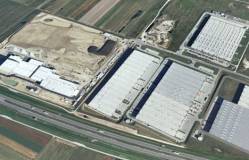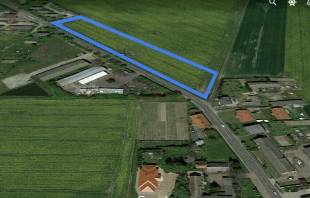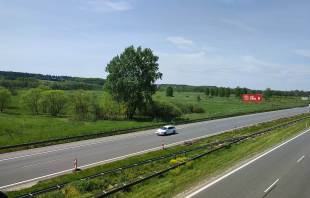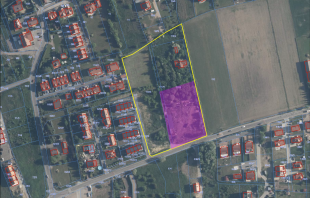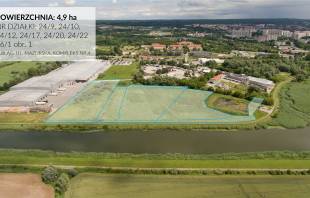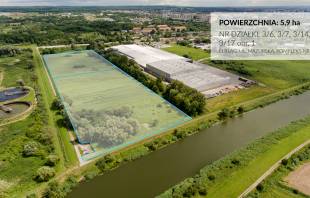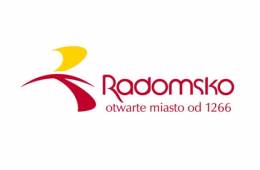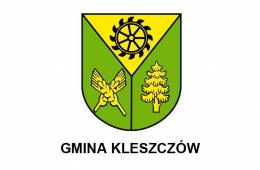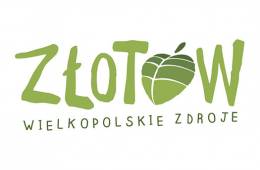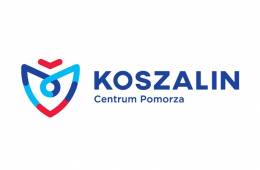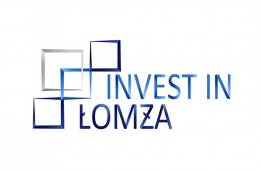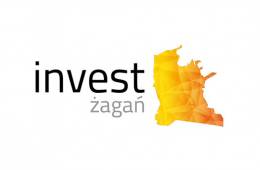Stability in the market is giving confidence to investors, developers and companies. The vacancy rate has been steady, averaging approximately a healthy ten percent. The only countries in which it is lower than this limit are the Czech Republic and Slovakia where demand slightly exceeds the current supply of vacant space. This suggests that there is room for further development in Central Europe.
- New development is not taking off at the moment. A shortage of domestic investors capable of purchasing completed warehouses / logistics hubs is one of the reasons. But developers want and need to sell the completed parks so that they can invest the proceeds from the sale in further development - says Ferdinand Hlobil, head of Cushman & Wakefield’s CEE Industrial Team.
- The structures for this type of investments have not been established in our country historically, culturally or legally. International investors purchase the best products, facing no competition from local investors. But international funds only purchase a certain amount in our region, and further funds should come from local investors - Hlobil adds.
A total of 370,000 square metres of new industrial halls were built in the Central European region (the Czech Republic, Hungary, Poland, Romania and Slovakia) in the first half of this year. This is the highest figure for the last three years (200,000 square metres were built in the same period last year). However, it is one million metres less than in 2008 and 2009 when the new development boom was ending (almost 1.3 million was built in the first half of 2009). Currently, the stock is approximately 15 million square metres of modern industrial halls in the region.
- Take-up in the first half has decreased somewhat to 1.2 million square metres, from 1.5 million last year. Take-up has been driven primarily by manufacturing (automotive in particular) with ties to Germany’s economy. The largest transactions took place in Poland, and some in the Czech Republic as well. It could be said that the two countries work as stabilising elements for the entire region - says Hlobil.
- Despite the lingering global crisis, the industrial market in Central Europe is in a relatively good condition. In addition, the continued expansion on the part of developers and investors suggests that this segment of the property market is still profitable - adds Hlobil.


















